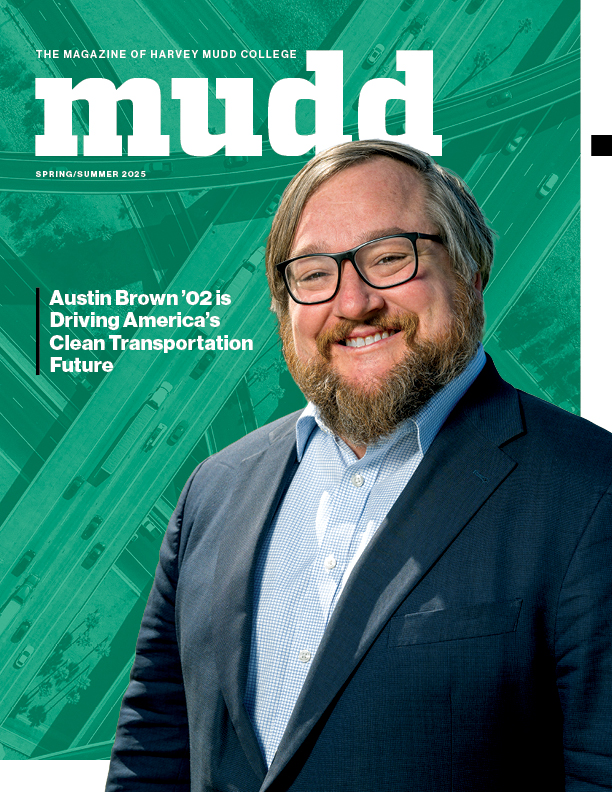New Report on Women in STEM Features Harvey Mudd’s CS Program
March 26, 2015
A new report on women in STEM features Harvey Mudd College’s computer science program as an example of how educational institutions can dramatically increase women’s representation in computing.
The STEM Gap: Women and Girls in Science, Technology, Engineering and Math, released on March 26 by the American Association of University Women (AAUW), assesses the current state of women’s participation in the engineering and computing fields and provides recommendations for industry and education on how to increase representation.
According to AAUW researchers, the majority of STEM jobs—more than 80 percent—are in engineering and computing, yet women comprise only 12 percent of the engineering workforce and 26 percent of the computing workforce.
The report devotes an entire chapter to Harvey Mudd’s Computer Science Department and describes in detail how faculty worked together to design and implement curriculum changes that have engaged more women in CS.
In the executive summary, the report states:
Harvey Mudd College is a prime example of how changing structures and environments can result in a dramatic increase in women’s representation in computing. With leadership from the college president and college-wide support, Harvey Mudd increased the percentage of women graduating from its computing program from 12 percent to approximately 40 percent in five years. This dramatic increase was accomplished through three major changes: revising the introductory computing course and splitting it into two levels divided by experience, providing research opportunities for undergraduates after their first year in college, and taking female students to the Grace Hopper Celebration of Women in Computing conference. These changes can be modified and applied at other colleges and universities. Taken together, they provide a roadmap for reversing the downward trend in women’s representation among bachelor’s degree recipients in computing.
“The CS curriculum at Harvey Mudd begins with an innovative introductory course, CS 5, that provides students with exposure to some of the ‘great ideas’ in computer science as well as problem-solving and programming skills,” said Harvey Mudd computer science department Chair Ran Libeskind-Hadas, who was deeply involved in the redesign of the curriculum.
“The ‘great ideas’ piece demonstrates that computer science is an intellectually rich and exciting field,” Libeskind-Hadas said. “While students generally know this to be true of fields like biology, chemistry, physics or math, they often understand less about computer science as an area where people do research and discover amazing things. Our first course shows them CS in this light. In addition, it provides students with programming skills and rich and compelling applications that students find relevant and fun.”
Harvey Mudd is creating a free massive open online course (MOOC) based on the highly successful CS 5 course. The MOOC will be called CS For All and will launch on the edX platform in early June, with registration starting in April. With CS For All, Harvey Mudd aims to share the CS 5 curriculum with a global audience and also provide teachers with resources to teach CS 5 at the high school and college levels.
The entire course curriculum is available online in the form of a free digital textbook at CS For All.
“One advantage that Harvey Mudd has is that all first-year students are required to take an introductory CS course as part of our Common Core Curriculum,” Libeskind-Hadas added. “While this might not be viable at most schools, one thing that all schools can do is to encourage students to take an introductory CS course by allowing the course to count as part of their distribution or general education requirements.”
